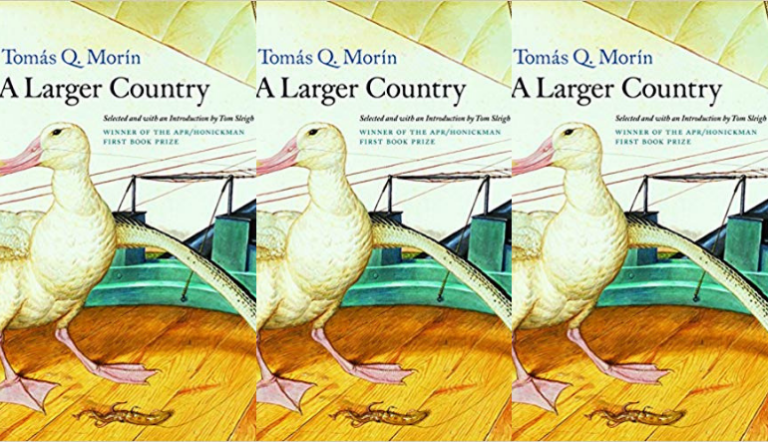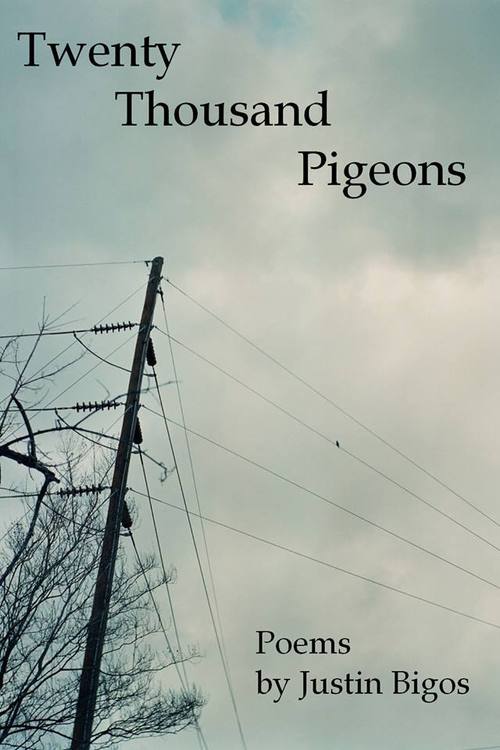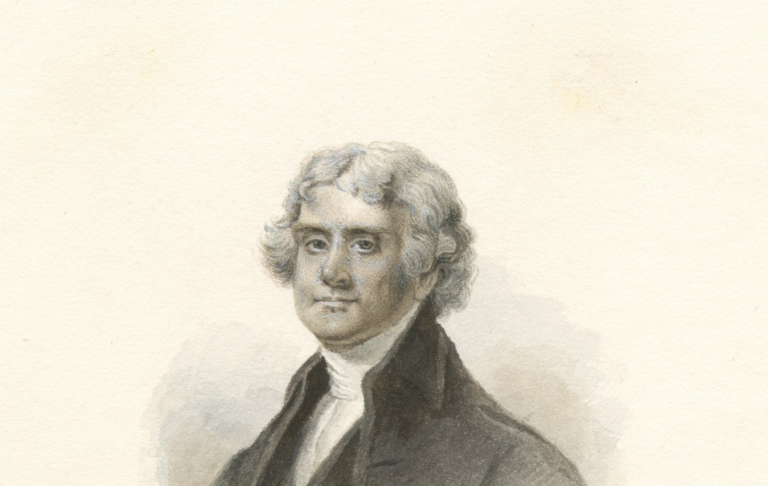Journey into the Unknown: An Investigation of Metaphysical Poetry
At a poetry workshop recently I heard the word metaphysical used to describe several contemporary American poets of disparate temperaments. At times metaphysical sounded erudite, at times dismissive, and I wasn’t sure I wanted it near poems and poets I loved. I started to wonder what exactly it meant to use such an indefinite term to describe a poem or a poet. I couldn’t remember, were the Metaphysical poets actually a school of poetry, and were they stylistically distinct? Did the Metaphysical poets of the English Renaissance identify their work with the term?
I admit, I only knew of the Metaphysical poets of 16th and 17th century England but it didn’t seem like I was in the type of crowd that would assume that kind of knowledge. I wasn’t even sure we were talking about John Donne and his contemporaries when we called a poem metaphysical, or whether we were using the more common understanding of the word. I worried we were using metaphysical to label, in a polite and seemingly well-informed way, a large section of American poetry that readers might find to be difficult, abstract, and cerebral.
I reached for the dictionary, where I found the origins of the word metaphysics: “from the Greek ta meta ta phusika the ‘things after the physics’, referring to the sequence of Aristotle’s works, later interpreted as meaning ‘the science of things transcending what is physical or natural.’” The full definition of metaphysical includes “relating to metaphysics; transcending physical matters or the laws of nature; based on abstract (typically, excessively abstract) reasoning, and of or characteristic of the metaphysical poets.” These definitions did not abate my suspicions.
It wasn’t until I found T.S. Eliot’s review of J.C Grierson’s anthology Metaphysical Lyrics and Poems of the Seventeenth Century: Donne to Butler, published in 1921, that I began to understand how overwhelmingly American poetry has been influenced by the substance of metaphysical poetry. In his review Eliot informs us that Samuel Johnson (1709-1784), a critic, applied the term “metaphysical” to describe a number of English poets whose only common ground was a deviation from the literary and social norms of the era. For Johnson, the Metaphysical poets’ “attempts were always analytic” and in their work a reader would find that “the most heterogeneous ideas are yoked by violence together.”
Eliot, arguing that Johnson’s critique was innately flawed, wrote “not only is it extremely difficult to define metaphysical poetry, but difficult to decide what poets practice it and in which of their verses.” Eliot pointed at the generalizations Johnson made in grouping some of the English Enlightenment poets together saying, “It is difficult to find any precise metaphor, simile, or other conceit, which is common to all the poets and at the same time important enough as an element of style to isolate these poets as a group.” What Johnson saw as a “witty” “quaint” and “obscure” movement, Eliot saw as subversive and necessary literary innovation.
With the breath of his influence on American poetry, Eliot helped rekindle the discussion on metaphysical poetry for an American audience. Eliot did so much to popularize the metaphysical in American poetry that it now reaches back to encompass Dickinson and into the future to the poetry we read in lit mags every day, from emerging voices to the old standbys.
In fact, there is a direct line from Eliot’s understanding of metaphysical poetry to the New York School poets, Surrealists, and the avant-garde (and the list does not stop there). In a piece by John Tranter for Jacket 2, Tranter writes, “Put a seventeenth-century English poem into a blender with a 1930s American snapshot and you’ve got the early 1950s Ashbery poem “Portrait of Little J.A. in a prospect of flowers”. This poem, Tranter points out, is titled after a poem by the English metaphysical poet Andrew Marvell (1621-1678). Tranter then so thoughtfully takes a shot at defining metaphysical poetry, which is something Eliot hesitated to provide. Tranter says,
Where “meaning” can be teased out of the weave, or rather the felt, of those casual masterpieces of his [Ashbery’s], it often revolves in brilliantly ironic and paradoxical ways around the themes of sex, love, loss, death, individual identity and the weather. The metaphysical poetry of the seventeenth century was about the eschatological implications of just such passions, inscribed against a background of civil strife in a rapidly modernising world.
I found Ashbery’s work to be the most obvious example of the metaphysical in American poetry today, but the example is useful in that the intricacies of the history and definition of metaphysical poetry reach as far into the future as Ashbery’s influence. As an experiment, I went down a little internet wormhole and started googling any poet I could think of whose body of work might contain a metaphysical bone and every single time, I got results.
My initial concerns had a good foundation; metaphysical is not a precise term, and it seems it never was. At least now I understand the implications of metaphysical poetry, and I will use the term as carefully or generally as I please. And in the spirit of the metaphysical, I close this investigation with the words of Charles Simic taken from an interview in the Paris Review:
Stevens was a very great poet and a very smart man. He understood what the Romantics, Emerson, Whitman, and William Carlos Williams were all about—that every theory of poetry in the end is a theory of reality. I like poems that have interesting philosophical ideas, and his poems do. What Dickinson, Frost, and Stevens share is an ability to construct a brief lyric poem about some ordinary experience that eventually ends up asking all kinds of metaphysical questions. Poems like Stevens’s “The Snow Man,” Dickinson’s “There’s a certain Slant of light,” and Frost’s “An Old Man’s Winter Night.” I love that stuff.


